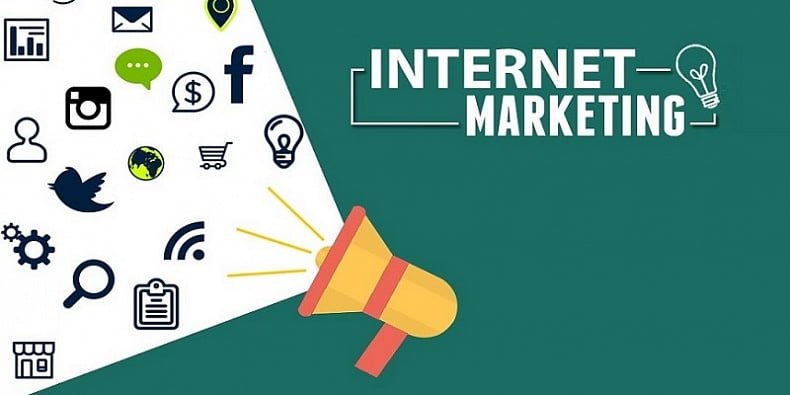objectively. Most of us are convinced that nothing overshadows our minds or forces us to act foolishly. However, this is not the case.
In fact, humans are quite irrational beings. They are influenced by other people as well as different circumstances and conditions. Many of our decisions and actions are influenced by so-called cognitive distortions.
What is “cognitive distortion”?
Cognitive distortions are systematic errors in thinking or deviations in judgments that occur in certain situations. They often arise from people’s tendency to hold certain beliefs and follow their own preferences instead of evaluating information objectively.
In other words, cognitive distortion is a person’s tendency to irrational thinking. This phenomenon not depends of human intelligence. Even the most prominent minds are prone to cognitive distortions. In essence, they are related to how the human brain functions.
If you understand the general concept of cognitive distortion, this knowledge can be further used effectively in marketing. Below are some examples of cognitive distortions that have already been applied in marketing strategies.
The effect of joining the majority (imitation)
First, we will talk about one of the basic cognitive distortions – the effect of imitation. Probably many people are familiar with the expression “herd feeling”. So when most people approve of a product or service, its value in the eyes of others increases.
In turn, this effect forces us to buy products that other people like. Moreover, we are also beginning to approve such a product and recommend it to others.
The effect of joining the majority is easy to use in the company’s marketing strategy:
• Motivate satisfied customers to leave positive feedback about the product or service;
• Use social approval elements (such as customer recommendations) next to the target action button or on the order page;
• Add company logos or photos of people you work with to the site.

Binding (or anchor) effect
This effect is used by many companies to promote the brand. It makes customers feel that they are making an incredibly lucrative deal. The binding effect is a feature of the evaluation of numerical values by a person, due to which the evaluation is shifted towards the initial value. In other words, in the decision-making process a person tends to rely on the first part of the information provided to him.
For example, you show potential buyers the initial price of the product (anchor). Suppose it is $ 1000 .. Then follows a list of product properties and benefits. You then declare that the product costs only $ 250. As a result, your potential customers feel the value of the product offered and at the same time feel that they are making an incredibly profitable deal. If you immediately announced a price of $ 250, buyers would not have such feelings.
Steve Jobs also used the snap effect during the iPad presentation. Initially, the price of $ 999 appeared on the screen – Jobs said that this is the value of the new iPad. He then talked about the features and benefits of the device. At the end of the presentation, Steve Jobs said that, fortunately, the iPad is not $ 999, but $ 499. At this point, the screen was a symbolic destruction of the price of $ 999 and a new figure – $ 499.
Halo effect
The halo effect is the influence of the general impression of something (things, people, and phenomena) on the perception of other features. For example, if we consider a person reliable, then we can automatically attribute to him such qualities as responsibility, wisdom, etc.
The halo effect was first mentioned in an article by Edward Thorndike published in 1920. In his study, Thorndike asked army commanders to rate soldiers on various characteristics – such as intelligence, neatness, physical data, leadership skills and honesty. The researcher found that each of the soldiers was evaluated approximately equally for each of the characteristics. If the commander had a positive impression of the subordinate on one of the characteristics, he also praised his other qualities.
How can you apply the halo effect in marketing? Impress the audience with one thing, so that they then view the company in a more positive light.

ConversionXL experts have listed several options for how companies use the halo effect:
• Approvals of celebrities;
• Use of images of attractive people;
• Quality and beautiful design;
• Mention of names of famous companies.
It is because of this type of cognitive distortion that it is incredibly important for every company to create a professional, aesthetically pleasing and functional website and advertising for the site. Your resource forms the first impression of the company. If it is made of poor quality, it can damage the reputation of the business.
Don’t forget about decency
Remember that the use of cognitive distortions in marketing strategy should not look like a manipulation of consciousness. Yes, you can create a great effect in the short term, but marketing does not end there. Be careful when using cognitive distortions.
Experts recommend using them as a way to reach the target audience faster. For example, this way you can attract the attention of potential customers or make them move faster on the conversion funnel.
Marketing and psychology are increasingly intertwined in today’s world. Some psychological principles can be applied in marketing campaigns to achieve higher results. In particular, working with the described cognitive distortions will make your promotion strategy much more effective.
High conversions to you!







